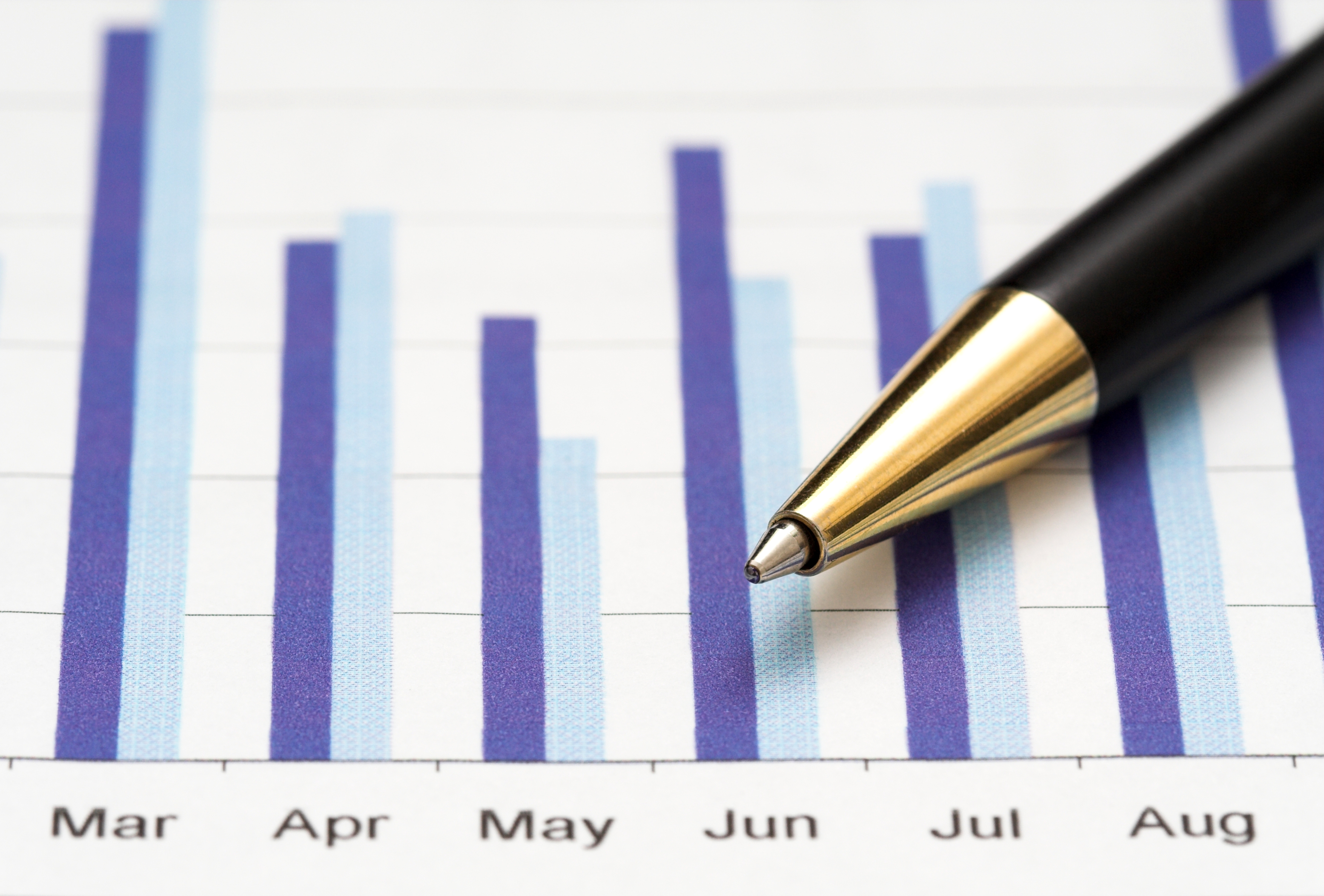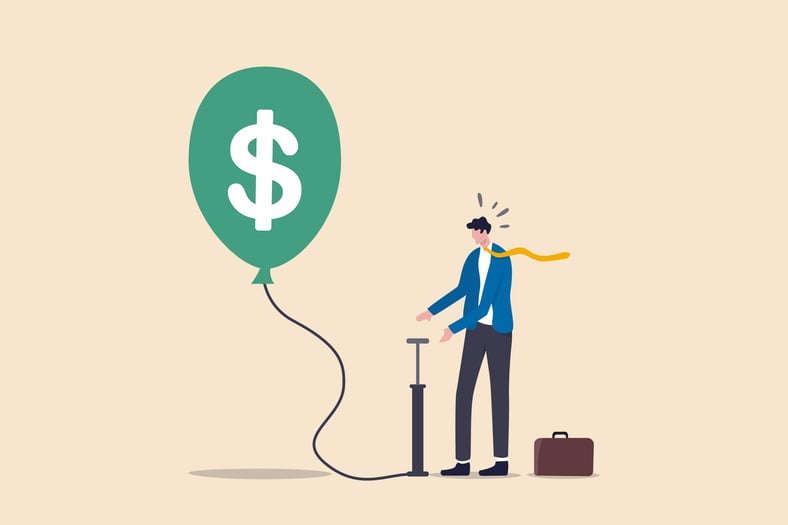
Inflation was top of mind for investors throughout June as the Core Consumer Price Index (CPI) notched its highest increase since 1992. “While it appears the inflation genie has peeked out of the bottle with CPI at 3.8%, the Fed has been granted its wish, convincing the markets of a strong economy and temporary inflation that should trend back toward the 2% long-term goal by next year,” says Larry Adam, chief investment officer.
Despite what are expected to be transitory inflation pressures, the growth outlook for this year remains strong. Recent data suggests a quick recovery as the economy reopens, but the pace may not be quite as brisk over the second half of the year, says Chief Economist Scott Brown. Rapid growth has strained supply chains and there are enormous difficulties in matching millions of unemployed workers to available jobs, although Brown expects those issues to resolve over time.
Bipartisan negotiations continue in Washington, D.C., around tax changes, national spending and the infrastructure bill. With the path forward highly uncertain, domestic equity markets may experience increased volatility over the later part of the summer, says Washington Policy Analyst Ed Mills.
Here’s where we are so far this year:
|
|
12/31/20 Close |
6/30/21 Close |
Change |
% Gain/Loss Year to Date |
|
|
DJIA |
30,606.48 |
34,502.51 |
3,896.03 |
+12.73% |
|
|
NASDAQ |
12,888.28 |
14,503.95 |
1,615.67 |
+12.54% |
|
|
S&P 500 |
3,756.07 |
4,297.50 |
541.43 |
+14.41% |
|
|
MSCI EAFE |
2,147.53 |
2,326.31 |
+178.78 |
+8.32% |
|
|
Russell 2000 |
1,974.86 |
2,310.55 |
335.69 |
+17% |
|
|
Bloomberg Barclays Aggregate Bond |
2,392.02 |
2,351.66 |
- 40.36 |
-1.69% |
|
|
|
Performance reflects price returns as of market close on June 30, 2021. MSCI EAFE and the Bloomberg Barclays Aggregate Bond figures reflect June 29, 2021, closing values. |
||||
On stocks and bonds
Short to short-intermediate interest rates are slightly up for the month, while longer duration Treasury yields are down. On a relative basis, all sectors continue to experience very tight spreads. The narrowed yield curve has stoked some concern about the health of the recovery. The economic recovery is on solid footing, believes Joey Madere, senior portfolio analyst of Equity Portfolio & Technical Strategy. Low rates and lower credit spreads seem supportive of equity markets at this point in time.
Attention turned to future actions by the Federal Open Market Committee, specifically whether the committee members might consider an increase to the fed funds rate sooner than expected. Keeping it in context, “sooner” is likely 1.5 years away, notes Doug Drabik, managing director for fixed income research.
The Fed continues to be accommodative and is still purchasing $120 billion in Treasury and mortgage-related products monthly.
Overseas
The G7 meeting saw commitments toward climate change, a reduction in the use of coal and the earmarking of 1 billion vaccines for developing countries. European fiscal policy hasn’t changed much despite improved economic growth prospects and inflation expectations. Some COVID-19-related travel restrictions remain in place, slightly hindering regional summer holidays, although U.K. and European markets continued their upward trend, adding to year-to-date gains, explained European Strategist Chris Bailey. In Asia, regional equity market performance remains lackluster, and China’s financial decision-makers appear concerned with limiting any inflationary threats.
Also of note is Iran’s presidential election and its potential impact on oil supply and pricing. Oil prices ended June near pandemic-era highs. Iran President-elect Ebrahim Raisi’s nationalist tendencies may complicate ongoing nuclear negotiations and limit the prospect of lifting U.S. sanctions imposed on the country’s oil exports. A snag in negotiations means the export of 1.5 to 2 million barrels per day could be at stake, representing just under 2% of global supply, according to Energy Analyst Pavel Molchanov.
The bottom line
The economic recovery remains robust, with the equity market continuing to reach new heights. Savvy stock investors should consider using temporary pullbacks in certain sectors as an opportunity to strategically add to their portfolios. There is also a continuation of money being added to the economy and we should expect a continuation of the expected consequences: Stocks continue to go up and yields continue to fall.
As always, I thank you for your continued confidence in me. I’ll be sure to keep my eyes on the markets and relate anything of relevance. If you have any questions, please reach out at your convenience.
Material prepared by Raymond James for use by its advisors.
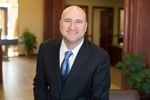
Tyler has been in the financial services industry since 2004 and with Sandstone Wealth Management and Heartland Bank since 2009. He is Series 7, 66 and Insurance licensed to assist his clients with all their investing, financial planning, and insurance needs. Tyler was recently named to the Forbes List of America's Top Next-Generation Wealth Advisor, which recognizes advisors from national, regional, and independent firms. Tyler graduated from the University of Nebraska-Lincoln with a Bachelor’s Degree in Diversified Agriculture and was born and raised in the Nebraska Sandhills. This gives him an intimate knowledge and understanding of his farming and ranching clients. Tyler is married to Rachel, who earned her Doctorate of Pharmacy from the University of Nebraska. They have two children, Camilla and Cooper. Away from business, he enjoys officiating high school basketball in the winter as well as golfing and team roping in the summer.

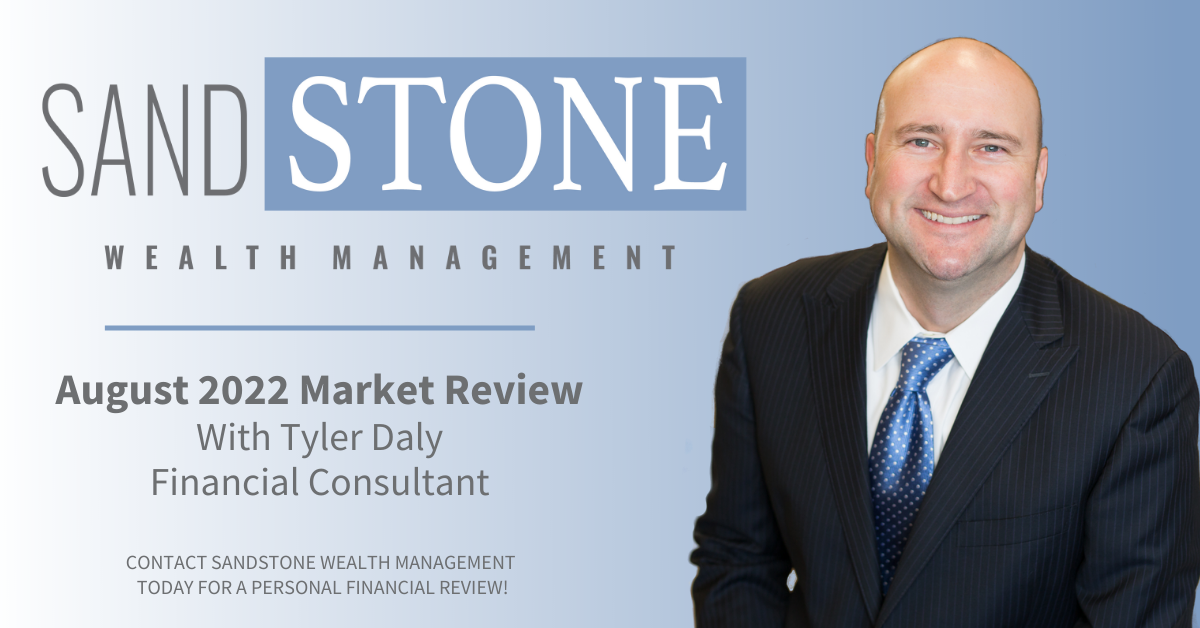
.png)
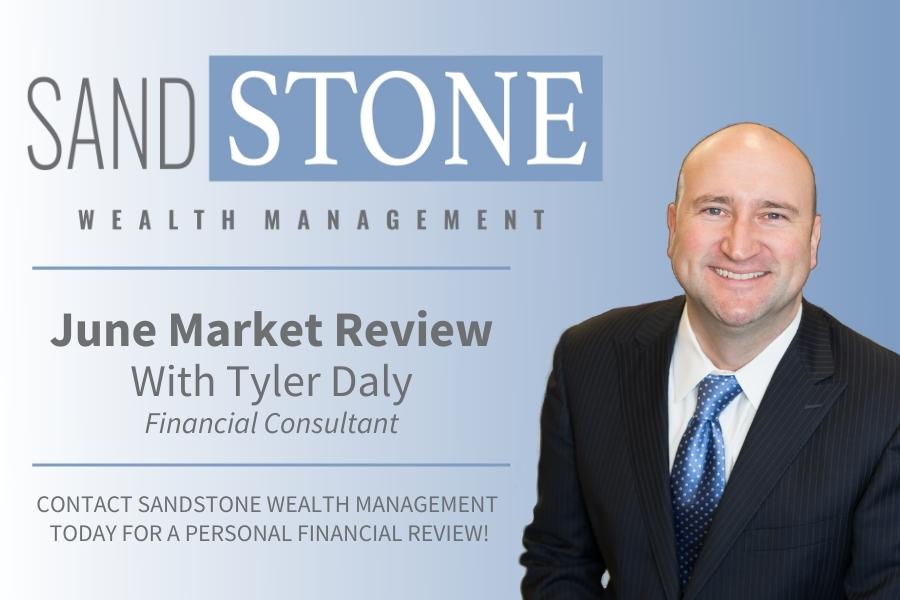
.jpg)
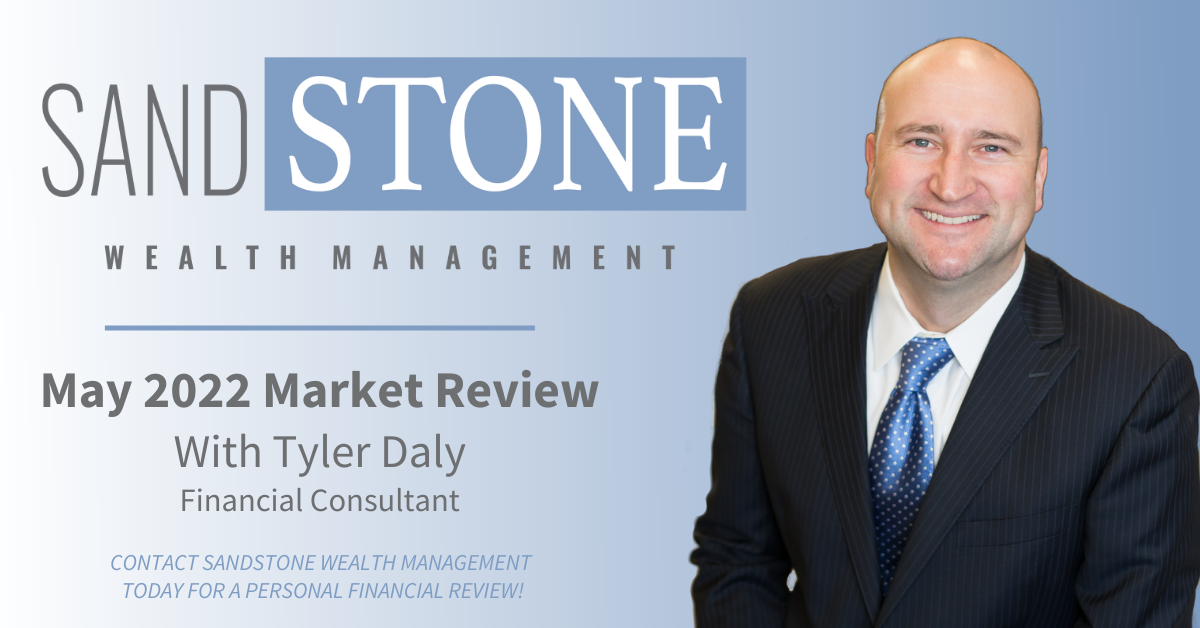
.jpg)

.png)

